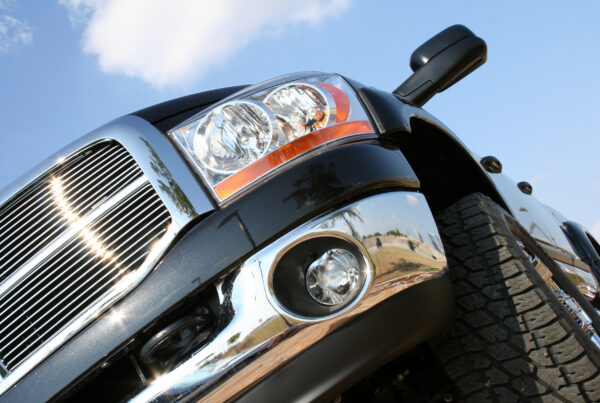A large contingent gathered at the Moonee Valley Racecourse yesterday for an eco-friendly session hosted by Hyundai Australia.
Centre stage was the IONIQ range – the world’s first car which offers three electrified powertrains in the one build: hybrid, electric and plug-in hybrid. Hyundai is promising that the models combine award-winning aerodynamic design and state-of-the-art connectivity features to create an “uncompromised” driving experience.
With a maximum five-star safety rating from Euro NCAP and several ‘Car of the Year’ titles across Europe for its overall performance, the IONIQ is making a strong claim to become one of the country’s best-valued eco-cars.
Manager of Hyundai Future Mobility & Government Relations, Scott Nargar said the gathering was an opportunity for manufacturers and the industry as a whole to reconsider how they viewed the motor vehicle.
“As a vehicle manufacturer we can’t keep building combustion engines – we need to start looking at alternatives,” he said.
“Hyundai has 3 core strategies moving forward – connected mobility, freedom in mobility and clean mobility and the IONIQ range is a huge step towards that goal.”
Founder of JET Charge and Chargefox and Chair of EV Council Tim Washington urged fleet buyers to seriously consider moving into the EV space, highlighting that the cost benefits really do stack up in the long term.
“One of the largest concerns of EV vehicles is how to charge them, where to charge them, and why you should be responsible for charging them,” he said.
“As an industry we are working towards standardising charging points and getting the industry seeing the value in electric vehicles”.

So what are the key differences between the three powertrains?
IONIQ Hybrid
The starting point for eco-friendly motoring, Hybrid Electric vehicles offer reduced harmful gas emissions and improved fuel efficiency through the simultaneous use of an engine and motor. Hybrid vehicles use an electric motor (not engine) during ignition. When accelerating, the car uses power from both the engine and motor. When decelerating, the electric battery is recharged through the brake system, which converts kinetic energy into electric.
IONIQ Plug-In
The Plug-in Hybrid Electric Vehicle (PHEV) combines the qualities of a conventional hybrid electric and an all-electric vehicle.
When IONIQ Plug-in’s two hearts beat as one, the combined output of the 1.6L petrol engine and electric motor reaches a highly gratifying 104kW. They also operate independently as conditions require. The PHEV offers you a pure electric car experience for short trips by running on the electric motor, whilst the petrol engine provides additional range for longer distance travel e.g. once the battery runs out.
IONIQ Electric
One of the most striking things about the IONIQ Electric Vehicle (EV) is how quiet and smooth it is to drive. That’s because the technologies behind IONIQ Electric are perfectly simple: an 88kW electric motor coupled to a 28kWh battery. All-electric mobility means a steep reduction in the number of moving parts which produce mechanical noise and vibration. So IONIQ Electric is whisper quiet and best of all, it generates absolutely zero emissions.



























